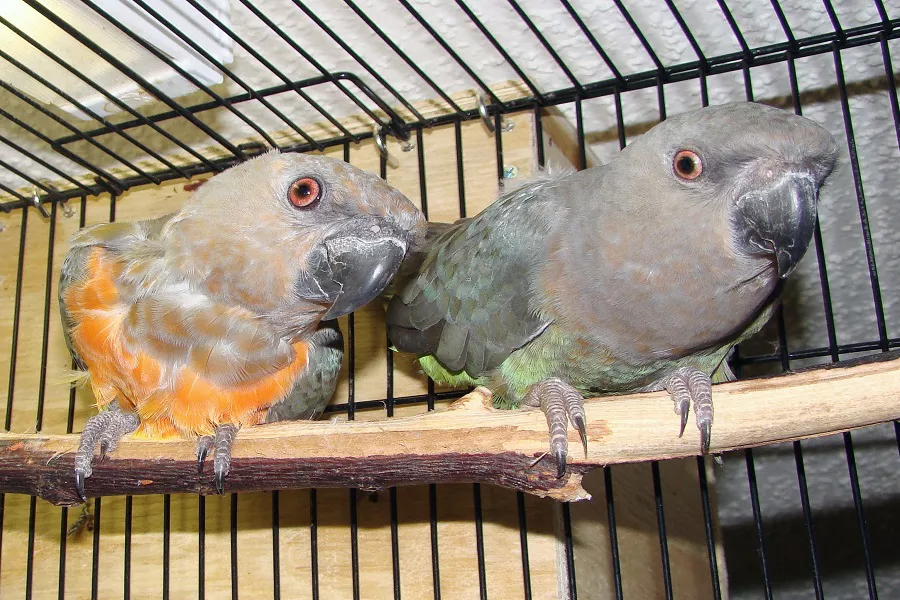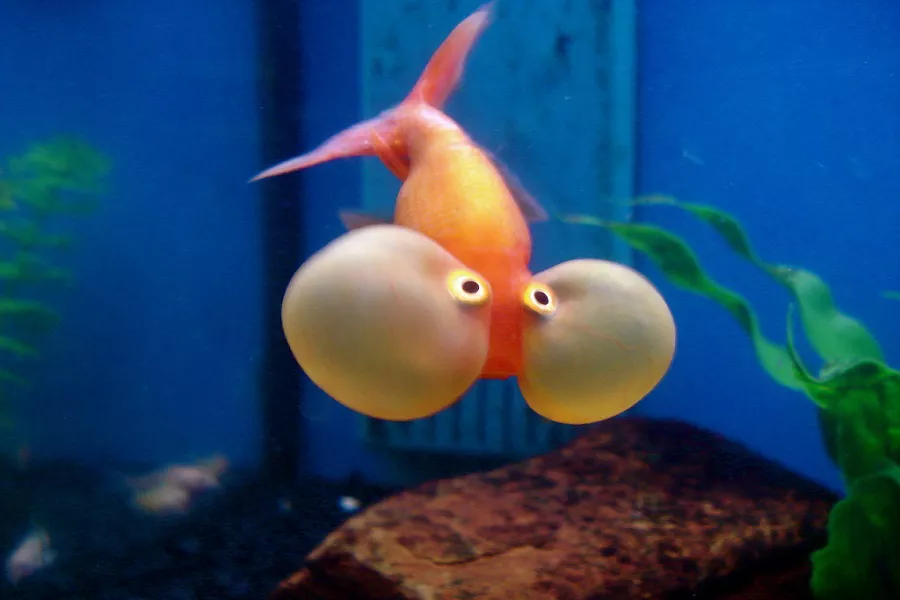What is red bellied parrot?
The red bellied parrot (scientific name: Poicephalus rufiventris) has only 2 subspecies. Like most parrots of the genus Poicephalus, they are very quiet African parrots. They are different from other parrots of the same genus. Their sex can be easily determined by appearance. The belly of the bird is orange, and the female is gray-green, and it is the best talking species in the genus. The beak is strong and powerful, the beak is hooked, the upper jaw has movable joints, and the base of the beak has a wax membrane. Muscular tongue thick. The feet are short, strong, and flat-toed, with two toes forward and two backwards, suitable for grasping and climbing life. Mainly inhabits plain areas, thorn bush areas, shrubland where acacia plants grow, and areas where baobabs grow. Feeds on seeds, grains, fruits (especially figs and those of the genus Albizia), berries, etc. Found in Ethiopia, Kenya, Somalia and Tanzania.
What does red bellied parrot look like?
The red bellied parrot is 22 cm long and weighs 113-142 grams. The head, back and wings are grey-brown, with some yellow feathers in the curved part of the wings; the chest and cheeks have varying degrees of orange feathers; the underside of the back is yellow-green with blue, and the underside of the chest and abdomen and the inside of the wings are covered The plumage is orange; the inner tail coverts and thighs are blue-green; the bill is black and the iris is red. The female’s inner wing coverts are grey, and the thorax and abdomen are green. There are two possibilities for the body color of the juveniles, that is, the body color of the male and female juveniles is relatively light, or the orange-red feathers on the young male birds are relatively dull in color, and the feathers are all with light green piping and a forehead band. There are orange, dark iris.
red bellied parrot living habits
Red bellied parrots usually act in pairs or small groups of family members, and do not often gather in large numbers, and rarely gather large groups; they are timid and cautious, and usually cannot be approached and observed, when they are active in the woods , because the plumage of the body provides good cover, so it is quite difficult to detect; it usually likes to rest on the outer branches of dead trees. Go to the water source often to drink water. Mainly feed on seeds, grains, fruits (especially figs and fruits of the genus Albizia), berries, etc.
red bellied parrot rearing
1. Although parrots are good at learning human languages, not all parrots can speak.
2. Most parrots are mild-mannered and approachable; this is not absolute. Each little cute has a different personality, and the closeness to people will also vary depending on the “bird”. You must know that not all parrots will have relatives when they grow up.
3. A parrot’s barking is proportional to its body size. For example, a medium-sized parrot’s barking can reach the level of a dog‘s barking. Of course, this problem can be solved through later training;
4. Parrots are curious babies, they will bite anything they see, and their biting power should not be underestimated;
5. Under normal feeding conditions, parrots may defecate at any time and anywhere, no matter where they are; however, their feces have no odor.
6. The above is the habit of parrots that novice owners tend to ignore. It is recommended that novice owners consider the above issues carefully before deciding whether to keep them.


























